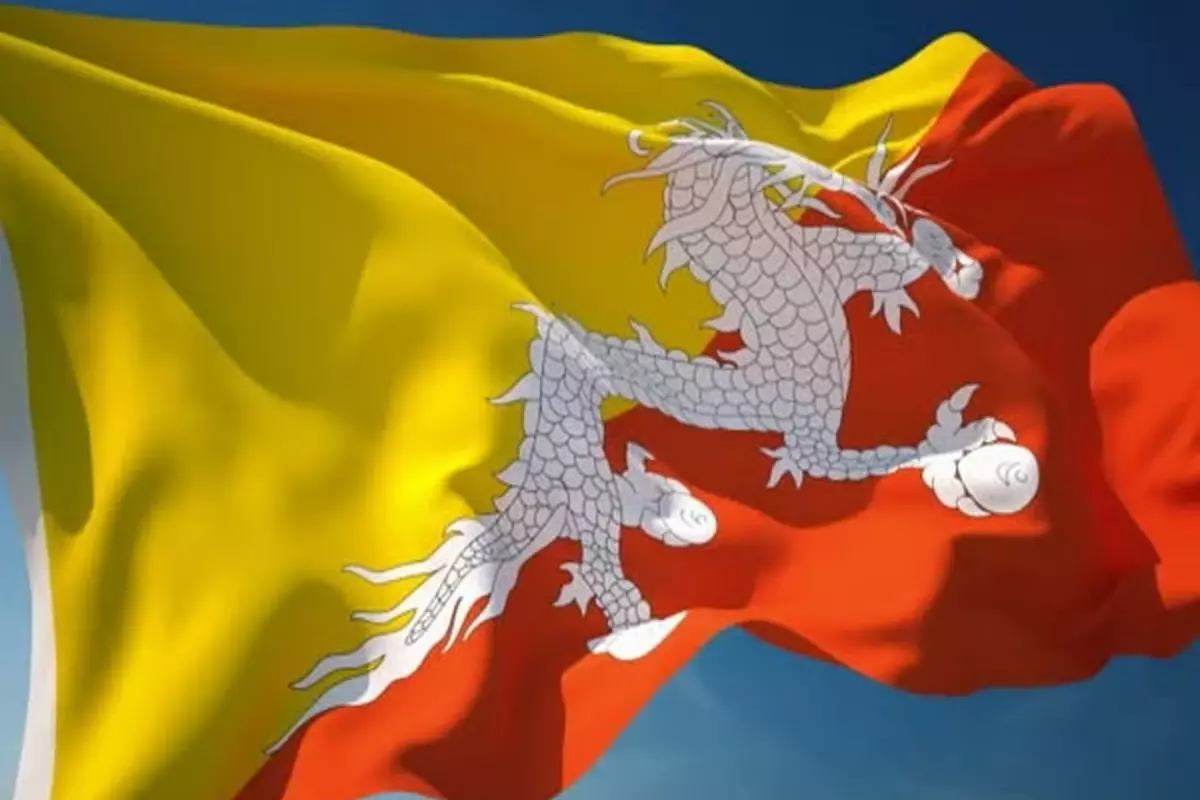
The sculpture business that preserves age-old traditions has been booming in Bhutan as the demand for statues and sculpting products is on the rise, reported Bhutan Live.
One such prosperous sculpture company is run by a 40-year-old resident of Punakha City in Bhutan.
Despite the fact that his business is booming nowadays, he frequently struggles to keep up with the enormous demand for sculptures. His company not only satisfies the growing need for statues and religious items but also aids in the preservation of the nation’s long-standing sculpture traditions.
According to Bhutan Live, Namgay Wangdi, a father of three from Punakha has been sculpting for almost 20 years. When he was 16 years old, his masters taught him the craft. He started his career on his own at the age of 24 and has since sculpted a wide variety of statues.
Around 15 individuals now have career opportunities due to the company’s growth. His sculpture company has been given sculpting jobs for practically every temple in Samtse and many other areas because of its outstanding reputation, Bhutan Live reported.
His company completes both publicly and privately commissioned works. However, the tremendous demand occasionally results in two to three-month delays in the delivery of the sculptures.
“We are facing difficulties in meeting the increasing demand for the sculptures. We often face delays of two to three months, especially when multiple work orders come in simultaneously. Nevertheless, we are putting in our best efforts to fulfil the customers’ demands. Sometimes, delays occur because we are committed to perfecting the craft. However, we find it challenging to meet customer demands when we receive a large number of work orders at once,” Namgay Wangdi said, according to Bhutan Live.
He offers his employees a respectable monthly compensation of up to Nu 30,000. In addition, some former employees currently have their own sculpture companies. His business produces its sculptures using clay soil from Gedu in Chhukha. Given that clay soil is the primary source of gold, silver, and yellow copper, Namgay views it as precious.
Their adherence to ancient sculpting practises is also demonstrated by the fact that they employ priceless mud pills and holy water that are easily accessible in their community.
Source ANI

















